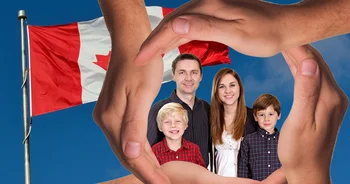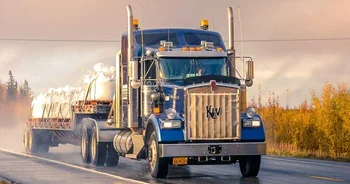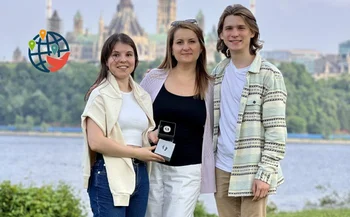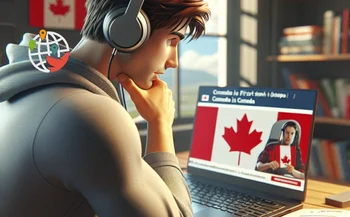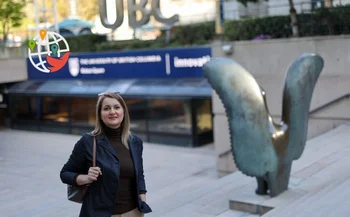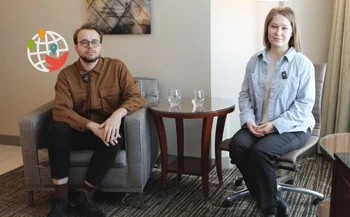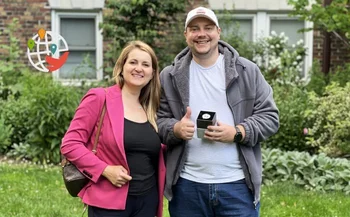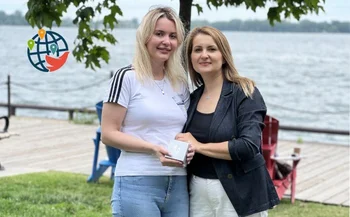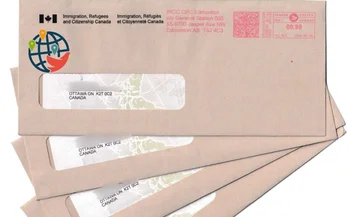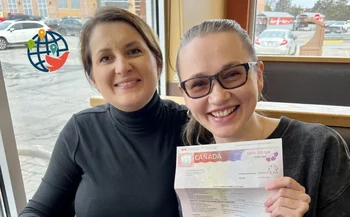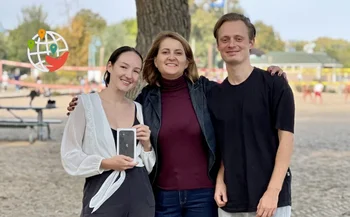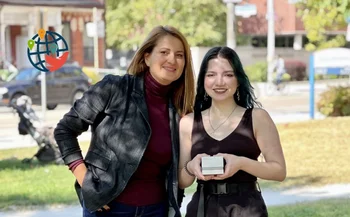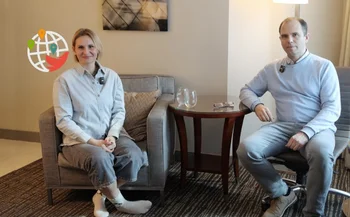Indigenous Peoples of Canada

The Indigenous peoples of Canada and how they preserve their culture
About 15,000-20,000 years ago, Canada was settled by the ancestors of Indigenous peoples who migrated from Asia across a land bridge where the Bering Strait is today. Europeans first arrived in Canada around 1000 AD when Norse settlers established a colony on Newfoundland. This settlement lasted just over a year. In the first millennium AD, fishing boats from Europe occasionally reached Canadian shores, but large-scale European settlement didn't begin until the 17th century.
Indigenous peoples, such as First Nations and Inuit, were pushed into northern, sparsely populated areas of Canada. These groups faced assimilation attempts: they were forbidden from celebrating traditional holidays and wearing traditional clothing, and those who refused to convert to Christianity were denied civil rights. Some Indigenous people were enslaved and sold to Europeans by other Indigenous tribes at war with each other. In the 19th and 20th centuries, Indigenous children were forcibly taken to residential schools, where attempts were made to assimilate them into European culture and languages, separating them from their native traditions and environment.
Modern Times
Today, Indigenous peoples in Canada are spread throughout the country. They have gained the right to self-government in their community territories and receive certain rights and support from the government. For example, some Indigenous communities are exempt from paying taxes and receive free healthcare and education. It's important to note that Indigenous peoples in Canada are divided into status and non-status: status Indians are registered in the government registry, which gives them access to certain rights and programs.
In 1999, the federal territory of Nunavut was created, which means "Our Land" in Inuktitut. This territory covers about a quarter of Canada's area and was created for the Inuit. There are also Inuit regions called Inuit Nunangat, located in the Northwest Territories, Yukon, Quebec, and the Labrador peninsula.
According to the 2021 census, over 1.8 million people in Canada identify as Indigenous, which is about 5% of the country's population. Of these, just over 1 million identified as First Nations, 624,220 as Métis, and 70,540 as Inuit.
There are over 600 Indigenous communities in Canada, and more than 60 languages continue to be used. The Inuit are divided into eight ethnic groups and speak five dialects. The remaining languages belong to First Nations peoples.
The largest group of First Nations people, related by language, are the Algonquins. Among them, the most well-known are:
- Cree;
- Ojibwe;
- Ottawa;
- Dene;
- Potawatomi;
- Mi'kmaq.
The second largest group of First Nations people are the Iroquois. In Canada, only the Mohawk dialect has effectively survived, spoken by about 3,000 people.
Culture
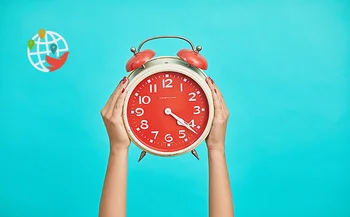
This weekend Canada switches to winter time
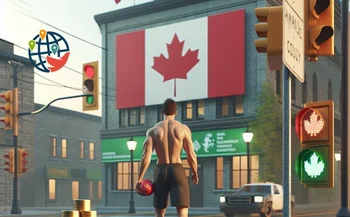
A new era for Canadian athletes
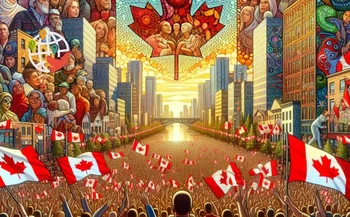
Canada celebrates its National Day and reflec...
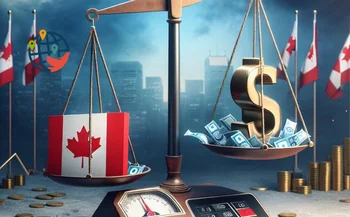
Rising inflation in May threatens rate cuts i...
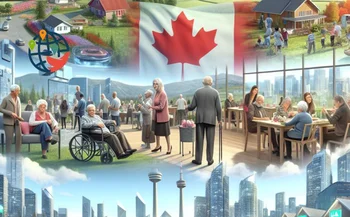
Canada Prepares for a Sharp Increase in the E...

High Auto Insurance Rates for Immigrants Spar...
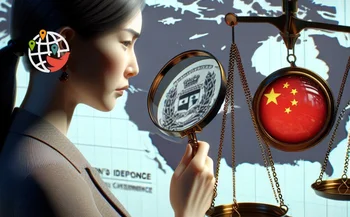
Canadian intelligence raises alarm: China's i...
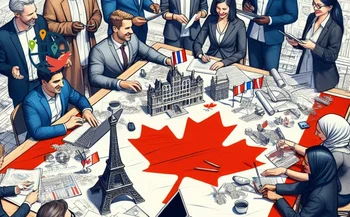
Canada continues to attract skilled professio...

How the food supply chain in Canada works and...
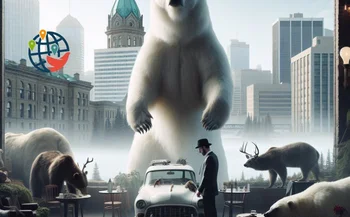
The mysterious disappearance of a taxidermy g...
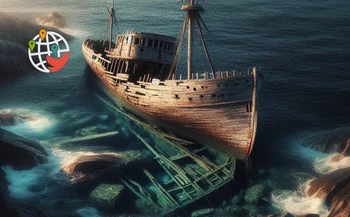
The remains of a mysterious ship have been fo...

Saskatchewan raises age limit for tobacco pur...
The culture of Canada's Indigenous peoples is extremely diverse. Inuit have practiced bone and stone carving since ancient times, and this art form continues today. Regular throat singing festivals and traditional vocal competitions are held, where singers compete in mastering specific throat sounds or jointly tell stories through chanting.
Since 1970, the Arctic Winter Games have been held in Canada every two years, and since the 1990s, athletes from Alaska, Greenland, and the northern regions of Scandinavia and Russia have joined. The games include:
- dog sled races;
- snowboard races;
- sled jumps and traditional Inuit jumps;
- traditional Dene games such as snow snake (javelin sliding on snow), stick pull, and others;
- snowshoeing;
- various skiing competitions;
- hockey and figure skating.
The winning team receives a traveling statue: a bear reaching for the top of a narwhal tusk, symbol of competition, with a walrus wrapped around the base of the tusk.
First Nations people living on reservations continue to maintain traditions of hunting, fishing, and crafts such as:
- basket weaving;
- leather crafting;
- beadwork;
- creating dreamcatchers;
- woodcarving.
Traditional beliefs of Indigenous peoples have also been preserved, though they often blend with Christianity. There are agricultural festivals, ceremonial dances, and ancient legends and myths that are passed down through generations.
The words "wigwam" and "totem" are borrowed from the Ojibwe language. A totem is the basis of religious worship for some Indigenous tribes; it's the name of an animal worshipped by a clan and the name of the clan itself.
Today in Canada, there are Indigenous reservations that maintain authentic settlements specifically for tourists. They host festivals, offer tours, and provide opportunities for tourists to ride in canoes or snowmobiles, and take photos with local wildlife.
How to Interact with Indigenous Peoples
For many years, Indigenous peoples, especially First Nations, were forbidden from speaking their languages and practicing their traditional religions. In the second half of the 20th century, their rights began to be gradually restored, but people who experienced the residential school system still feel its effects, and discrimination continues to exist.
For example, in the Northwest Territories, Indigenous children make up about 90% of children in care, despite accounting for only about 57% of all children in the region. When Indigenous women travel to large cities to give birth due to a lack of medical facilities in their regions, they often face increased scrutiny from child welfare agencies, which is perceived as systemic bias. Crime and suicide rates among Indigenous peoples are also higher than the national average.
These issues have led to people who use elements of traditional Indigenous culture for commercial or other purposes often being criticized for "cultural appropriation" in the 21st century. For example, the famous writer Archibald Belaney, who lived for many years in the forests of Ontario and popularized Indigenous legends and culture, faced accusations of appropriating Indigenous culture. These accusations also extend to directors making films about Indigenous peoples, even if Indigenous actors play the main roles.
To avoid misunderstandings when interacting with Indigenous peoples, consider the following:
- avoid discussing their history and culture from a position of assumed expertise;
- don't express admiration for their "exotic" appearance or culture (unless you're in a tourist reservation);
- don't ask to be taught their language or traditions without prior agreement;
- don't emphasize their Indigenous identity in conversation if it's not relevant.

